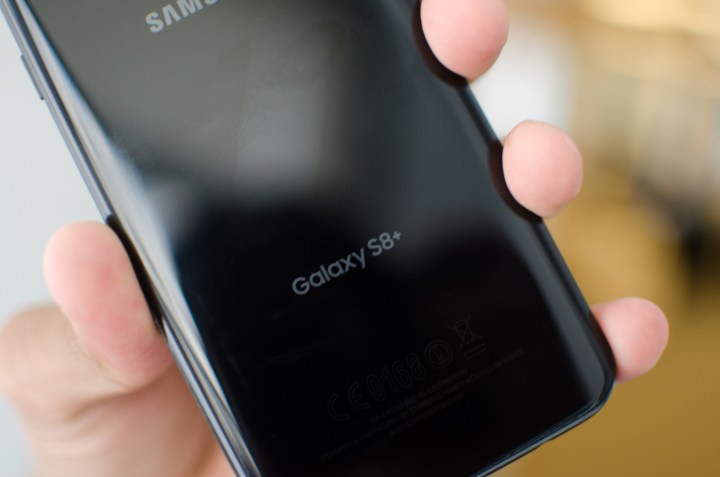
According to IDC’s report, smartphone makers like Samsung, Apple, LG, and HTC sold 341.6 million smartphones in the second quarter of this year, down slightly (1.3 percent) from the same quarter a year ago. Despite the decline, “leading vendors” like Samsung and Apple saw growth.
Samsung had a particularly successful quarter. Thanks to the indomitable Galaxy S8, Galaxy S8 Plus, and cheaper smartphones like the Galaxy A series and J series, the South Korean company shipped 79.8 million for a market share of 23.3 percent, up 1.4 percent from the same quarter last year.
Apple’s growth was nothing to shake a stick at, though. The Cupertino, California, company, spurred by double-digit sales of the iPhone 7 and 7 Plus, saw a 1.5 year-over-year uptick in overall phone sales to 41 million.

Three of the world’s top five smartphone vendors, meanwhile — Huawei, Oppo, and Xiaomi — all grew their shares during the second quarter. Success in China and strong global sales of the P10, Mate 9, and affordable Honor series led it to a third-place finish and 19.6 percent year-over-year growth. Oppo sold 27.8 million units, securing a fourth-place finish on 1.5 percent year-over-year growth. And Xiaomi achieved something of a coup, kicking Vivo from its fifth-place vendor spot with 58.9 percent growth in developing markets like India.
All that growth came at the expense of smaller smartphone makers, though. The market share among vendors outside the top five contracted 16 percent year-over-year, corresponding with a 4.3 percent decline in average phone price in 2016.
“It’s no secret that the smartphone market is a very challenging segment for companies to maintain or grow share,” Ryan Reith, program vice president with IDC’s Worldwide Quarterly Mobile Device Trackers, said in a statement. “The smaller, more localized vendors will continue to struggle, especially as the leading volume drivers build out their portfolio into new markets and price segments.
IDC projects major growth this coming fiscal quarter when major new smartphones are expected to hit store shelves. Apple’s iPhone 8, which might launch as soon as September alongside a new iPhone 7S and iPhone 7S Plus, is expected to feature an AMOLED display, wireless charging, and increased performance and durability. Samsung, not to be outdone by its chief rival, plans to unveil the Note 8 — the follow-up to last year’s ill-fated Note 7 — in August.
“Despite some key launches in the second quarter from some well-known players, all eyes will be on the ultra-high-end flagships set to arrive this fall,” Anthony Scarsella, research manager with IDC’s Worldwide Quarterly Mobile Phone Tracker, said in a statement. “With [so many] devices […] in the pipeline, the competition will be fierce come September.”
Editors' Recommendations
- Look who just replaced Samsung as king of the global smartphone market
- Apple overtakes Samsung as the biggest smartphone vendor
- Mobile games are the biggest earners among 30.3 billion apps downloaded in Q2

